SpaceX’s Falcon Heavy rocket has successfully launched the ViaSat-3 Americas mission to a Geostationary Earth Orbit from historic LC-39A. Despite being Falcon Heavy’s sixth launch, this was the first fully expendable mission for the vehicle.
Build-up to Launch
A little over two weeks ago, following rollout to the pad, SpaceX fired up Falcon Heavy’s 27 Merlin engines to complete the usual static fire test prior to launch. The test appeared nominal upon first viewing but per NASASpaceflight an issue cropped up. Because of this, two Merlin engines were replaced on the vehicle’s first stage. This explains the delay to a planned April 18 launch date.
Falcon Heavy has completed a static fire test ahead of the upcoming ViaSat-3 mission! ?
— Primal Space (@thePrimalSpace) April 13, 2023
?: @SpaceflightNow pic.twitter.com/VuohT0bWQo
Once the issues were fixed, Falcon Heavy’s final rollout to the pad began Tuesday evening at Kennedy Space Center and the vehicle went vertical the morning after.
Soon, SpaceX called off the April 26 launch opportunity in order to complete data reviews and so an April 27 launch attempt was set with weather 60% favourable. 60% favourability quickly turned to 20% placing a launch on April 27 in serious jeopardy.
Due to unfavourable weather, SpaceX decided to stand down from an April 27 launch attempt. Teams then proceeded towards launch a day later but the attempt was aborted for an unknown reason.
Following Falcon Heavy’s abort, focused turned to an April 30 launch date with weather much improved despite some concern of ground winds.
Countdown
The countdown got underway once SpaceX’s launch director gave a go for propellant load at T-53 minutes. Three minutes later, fuelling of the vehicle began.
With fuelling mostly complete and seven minutes until lift-off, engine chill commenced. This cools down the engines to condition them for launch.
After the launch director gave a go for launch at T-45 seconds, Falcon Heavy was primed for liftoff.
Launch
Falcon Heavy lifted off at 8:26pm ET (00:26 UTC), lighting up the Florida skies with its 27 Merlin engines.

The flight continued nominally through Max-Q, booster separation, and to main engine cut-off. Max-Q is the point at which maximum stress is placed on the vehicle during flight and so is an important test of the vehicle’s structural integrity.
Following main engine cut-off and stage separation, Falcon Heavy’s second stage completed three burns prior to the deployments of ViaSat-3, Gravity Space’s GS-1, and Astranis’s MicroGEO satellite.

Mission success came at T+04:46:37 following the safe deployment of Astranis’s satellite.
Payloads Onboard
Onboard Falcon Heavy, the ViaSat-3 Americas satellite was the primary payload with Astranis’s MicroGE0 satellite and Gravity Space’s GS-1 as the secondary payloads.
The large ViaSat-3 satellite is one of three similar satellites to be launched to complete the company’s constellation. Per the name, ViaSat-3 Americas will provide both North and South America with internet coverage.

Astranis’s MicroGEO satellite is the firm’s first to be launched into space and will serve as a communications satellite for Alaska.
In addition, GS-1 hosts several payloads for Earth observation as well as scientific experiments.
What’s Next for Falcon Heavy?
The mission marks Falcon Heavy’s second in 2023 and sixth in total.
There could be as many as three further launches for the super heavy lift rocket in 2023 with the USSF-52, EchoStar 24, and Psyche missions all scheduled for later in the year.
Featured Image Credit: SpaceX/Ben Cooper
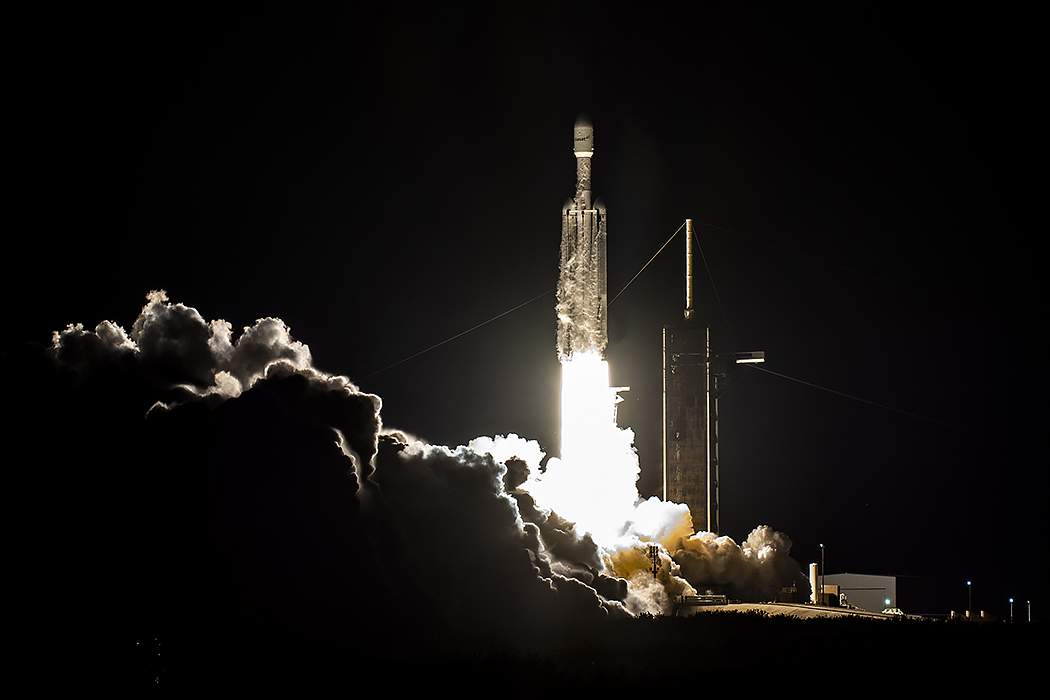
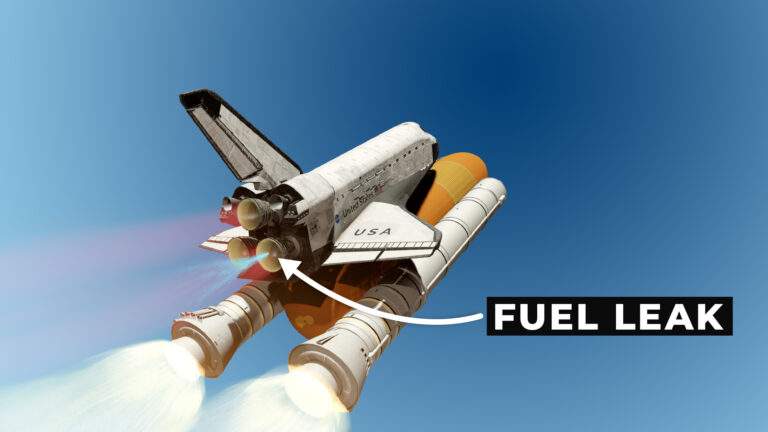
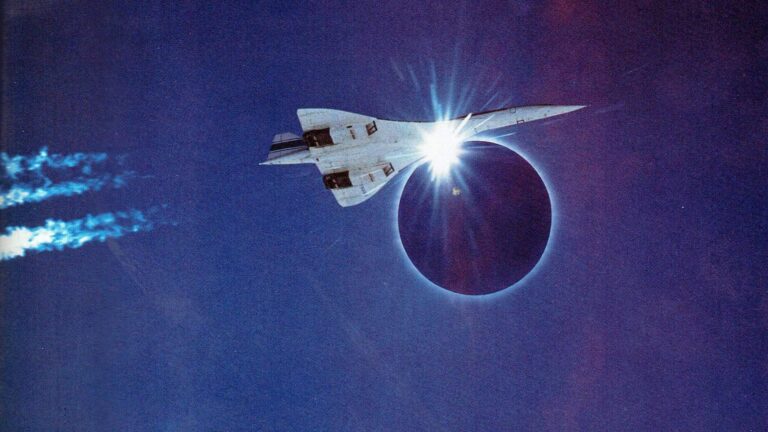
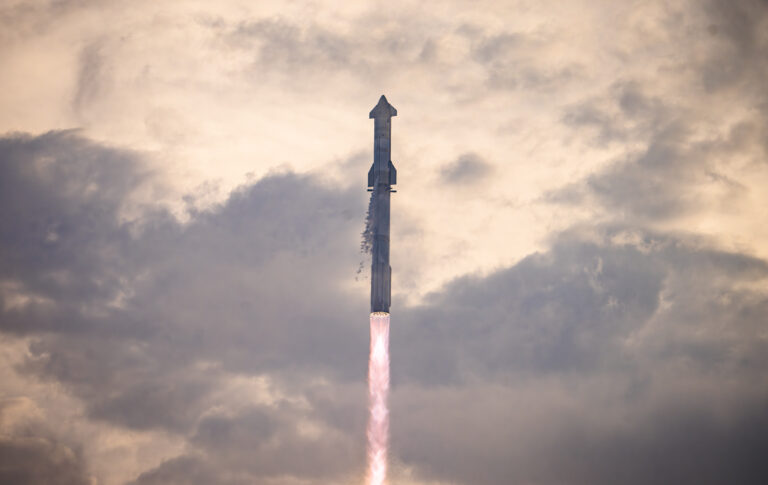
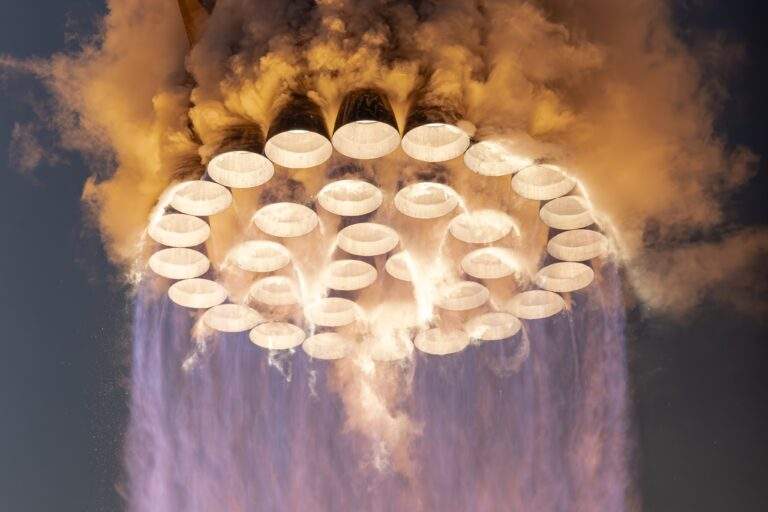








Woww